By John E. Spindler
On April 21 1945, the Polish 2nd Corps captured the Italian city of Bologna and from the city’s highest tower flew the flag of Poland. Although the war would continue, combat for this unit was over, and it went into the Allied reserve. Lt. Gen. Wladyslaw Anders led the corps before and during its service in Italy. He was not only an excellent commander with a keen sense of
strategy and tactics, but also was a national hero to his fellow Poles, both soldiers and civilians, and did his best to look after their interests. But Anders’ role in the Italian campaign is only part of his story. His story stretches from the creation of the unit to his postwar efforts for Poland and her people.
Anders was born on August 11, 1892, in Krosniewiece-Blonie, a village located in the area of the Russian Empire that constituted the Kingdom of Poland before it was partitioned in 1795. He graduated from high school in Warsaw and received additional education at Riga Technical University. During World War I he served as an officer in the 1st Krechowiecki Lancers Regiment of the Russian Army.
In the service of a reconstituted Poland, he rose to the rank of general during the Russo-Polish War of 1920. When Nazi Germany invaded Poland on September 1, 1939, Anders led the Novogrodek Cavalry Brigade into action near the Polish border with East Prussia. During the campaign he subsequently took command of two battered infantry divisions. When the Soviet Union invaded eastern Poland as part of the Soviet-German Pact, defeat of the badly outnumbered Polish Army was inevitable. Anders, who was wounded, led his brigade south to the relative safety of Hungary. Unfortunately, he was captured by Soviet troops on September 30.
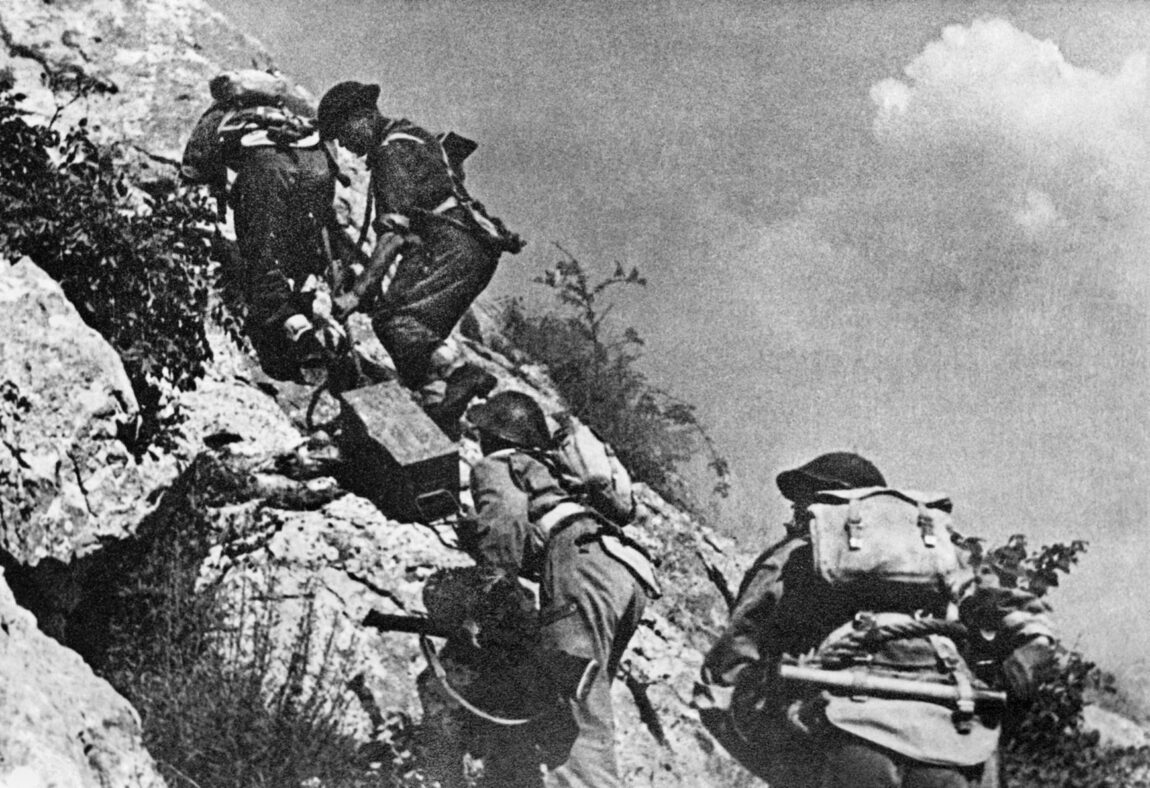
Surviving a brutal captivity, Anders was a prisoner for two years. Like other Polish citizens, his imprisonment ended after the German invasion of the Soviet Union on June 22, 1941. Relations between the two countries became one of putting differences aside to fight a common foe. This led to a new arrangement that allowed for the creation of a Polish army on Soviet soil with Anders named as its commander. Much to the displeasure of Soviet leaders, he issued an order encouraging all Polish citizens to make their way to camps set up for them. Anders was under constant pressure from the Soviet regime to put Polish troops into battle immediately, but he resisted this demand. His stance was that his men would only be sent into combat after they had been properly trained and equipped.
The Polish military force continued to grow as more Poles arrived, and it became known as Anders’ Army. At the start of 1942, the Soviet Union made an agreement with Britain and the Polish government-in-exile for the transportation of the Polish troops to Iran where they would continue training. Anders knew from personal experience in dealing with the Soviets that no Polish citizen could be left behind. He therefore took sole responsibility for the decision to evacuate civilians alongside the soldiers. The majority of evacuees crossed the Caspian Sea from the port of Krasnowodsk, while others completed the journey by rail around the inland sea. Between the first phase of evacuations in late March 1942 and the second in August 1942, approximately 41,000 troops and 74,000 civilians made the journey. Anders’ fears were confirmed after the evacuations when Soviet leader Joseph Stalin decreed all persons on Soviet soil were Soviet citizens. Although the general did his best to save his countrymen, hundreds of thousands of Poles did not make it and were condemned to forced labor or compelled to serve in the Red Army.
While in Iran, Anders Army officially became the Polish 2nd Corps. The corps eventually was transferred to Palestine for training in terrain similar to that in Italy. Under the direction of Anders and his staff, the Polish 2nd Corps comprised the 3rd Carpathian Infantry Division, 5th Kresowa Infantry Division, 2nd Warzszawa Armored Brigade, and various supporting elements. After maneuvers in September 1942 showed the Polish 2nd Corps was ready for combat, the British transported it Egypt for embarkation to Italy.
The 2nd Corps was transported to Italy in December 1943 and soon saw its first combat along the Gustav Line as part of the British 8th Army. The line was a 100-mile-long chain of fortified positions that stretched from the Garigliano River through Monte Cassino to the mouth of the Sangro River. After a third failed attack to take the key point of Monte Cassino in mid-March 1944, the Allied command told Anders that they were going to use a new strategy in which several corps would attack simultaneously along the entire front. The Polish 2nd Corps would participate in yet another attack on Montet Cassino. In addition to knowing that capture of these positions was of strategic value, Anders accepted the assignment for the pride of Poland and to dispel Soviet propaganda that Poles did not want to fight Germans.
Despite its two infantry divisions being understrength, the Poles were eager to show Allied commanders what they could do. Doubts had been raised about their fighting ability as most Allied officers knew only of the quick defeat of Poland and not of the heroic actions by her armed forces up to this point in the war. Anders knew from past experience that directly assaulting Monastery Hill and the town of Cassino would most likely result in heavy casualties. Unlike other Allied armies, Anders had no way to replace his losses. Anders’ strategy started with his divisions concentrating their attacks on the high ridges northwest of the abbey, believing their capture might compel the Germans to withdraw.
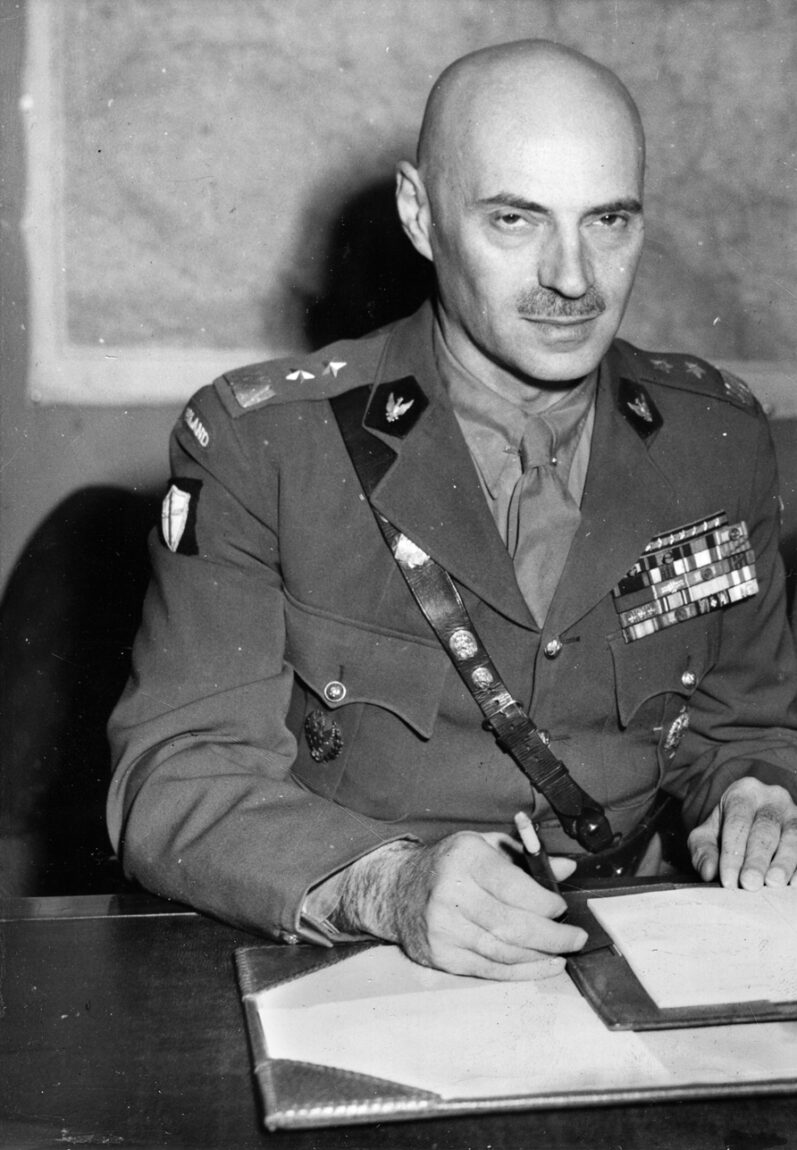
About 12 am on May 11, the Polish 2nd Corps launched its part of the attack. A restriction that limited reconnaissance proved to be deadly for both infantry divisions. Troops ran into undiscovered German strongpoints and minefields, producing high casualties and throwing the attack off schedule. The handful of participating tanks had to be sent to protect the sappers who were clearing mines. This left the attacking infantry without armored support. Most of the Poles’ gains were eventually reversed by German counterattacks. The casualties were staggering; some Polish companies had every man either killed or wounded.
The British suspended the operation to allow all Allied units to regroup. The next assault occurred on May 17, and lessons learned from the previous attack were used to modify the assault plan. Anders was permitted to reconnoiter the intended paths of attack more thoroughly. Not only did this help identify previously unknown German strongpoints and exploit any weakness, but also allowed the Poles to find and clear minefields. Nevertheless, better coordination was required between infantry and artillery. In the first attack, the artillery stopped firing too early, which allowed the Germans to prepare for the Polish assault. To help remedy this, Anders ordered that the artillery was to continue supporting the attackers until the objective was taken.
After the opening barrage of the resumed offensive, both infantry divisions seized their initial goals immediately, which supported the value of better cooperation with the artillery. Despite determined counterattacks by the Germans, the Poles held onto their gains. However, mounting casualties and the enemy’s response prevented the Polish assaults from advancing. By then Anders was practically out of replacements as he had already thrown every fit man he could find into the battle. Fortunately for the Polish 2nd Corps, it learned from radio intercepts that the defenders had been ordered to withdraw from Monastery Hill after an attack by the French Expeditionary Corps, which cracked the Gustav Line. On the morning of May 18, the Poles found their path lightly defended and renewed their attacks with determination. At 10:30 am a patrol from the 12th Podolski Lancers Regiment became the first Allied unit to enter the monastery ruins and hoisted the colors of Poland. Out of respect for 8th Army commander Lt. Gen. Oliver Leese, Anders ordered the Union Jack to be flown as well.
Shortly afterward, the Allied command withdrew the Polish 2nd Corps, which had suffered heavy casualties over the previous month, from the Allied advance. The figures from April 24 to May 31 were staggering: 923 killed, 2,930 wounded, and 345 missing. An allocated recovery time of four weeks was cut short and the corps was transferred across Italy to the far right wing of the British 8th Army. Positioned along the Adriatic Sea, the Poles were ordered to advance up the coast. They were tasked with capturing Ancona, which would give the Allies a major port on the east coast of Italy. To compensate for its losses, the Allied command supplemented the 2nd Corps with a few British formations and an Italian infantry corps.
The 2nd Corps’ battle up the coast began on June 17 and ended 75 miles later on July 10 with the securing of positions advantageous for taking Ancona. For this assault, Anders devised a strategy that he hoped would result in the capture of the port without incurring heavy casualties or damaging port infrastructure. The 3rd Carpathian Infantry was to hold the right wing and fein an attack to keep the enemy occupied. On the left wing, the 5th Kresowa Infantry, the 2nd Warszawa Armored, and attached British elements would drive to the coast west of Ancona. The Italian corps would guard the left flank.
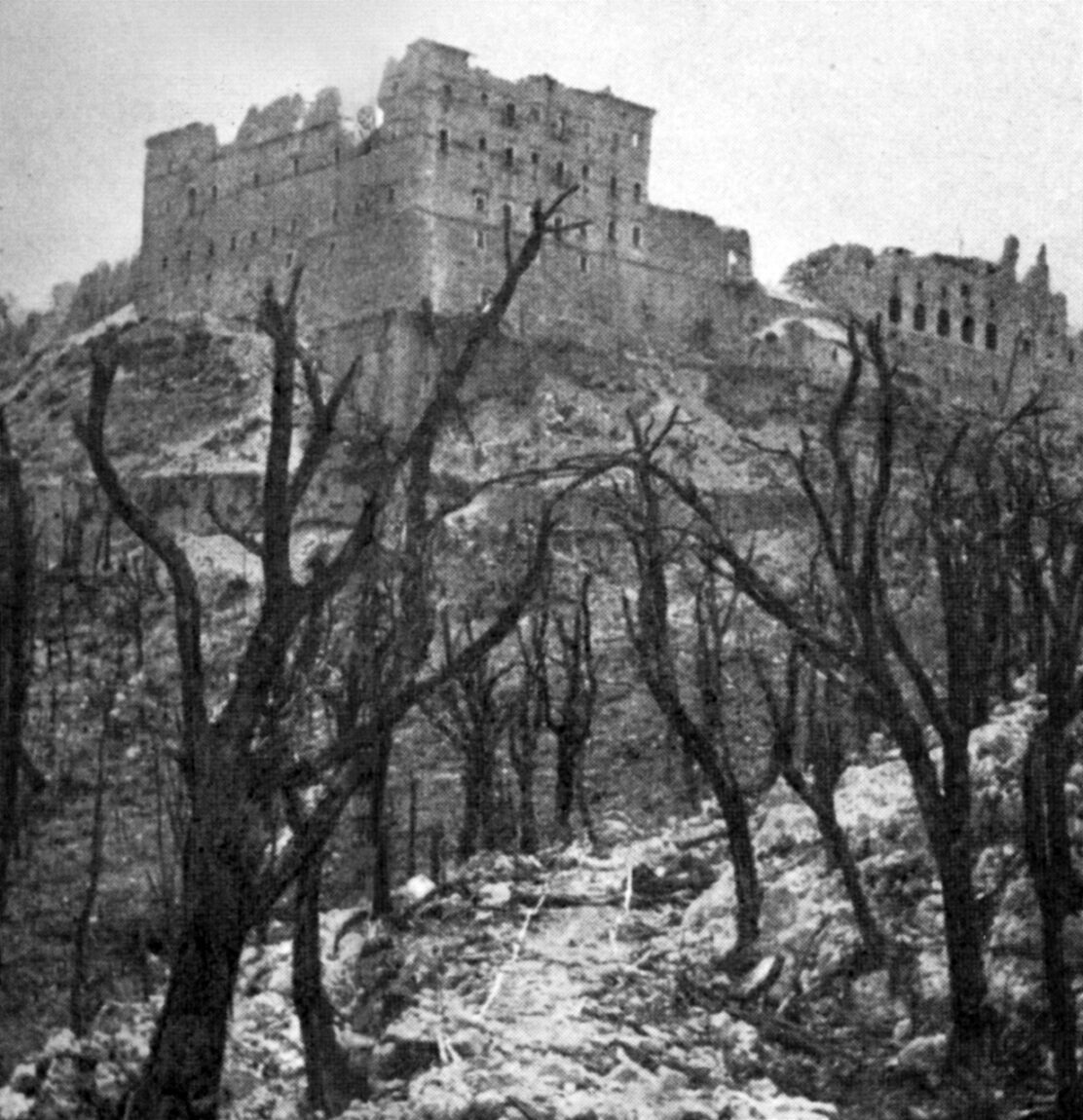
German reaction to the opening troop advances on the morning of July 17 showed that Anders’ tactics worked as Polish and British armor captured several key locations by day’s end. Before evening the next day, Ancona was encircled with the 2nd Warszawa Armored seizing the port. The objective given to the Poles was successfully completed, but the corps paid for its month of victories with 496 killed, 1,789 wounded, and 139 missing. The capture of Ancona was followed by a few weeks of rest and reorganization to prepare the corps for the next phase of the Allied advance. Anders was now able to replace the casualties from months of fighting by incorporating captured Poles who had been forcibly conscripted to serve in the German Army.
The next phase in the Italian campaign saw the Polish 2nd Corps solidify its reputation as one of the best units in Italy. From mid-August to early October, Anders and his men continued their advance north along the Adriatic coast toward the next major German fortified position, the Gothic Line. Anders’ battle plans inflicted severe damage on the Germans.
After the Gothic Line was breached, the Polish 2nd Corps was relocated to the Apennine Mountains where it fought from mid-October, until mid-December. For the five-month span of both campaigns, the Polish 2nd Corps inflicted heavy losses on the Germans at the cost of 7,205 killed, wounded, and missing. From mid-December until the next Allied attacks in spring 1945, the Poles remained primarily on the defensive.
During 1944 and early 1945, U.S. President Franklin D. Roosevelt, British Prime Minister Winston Churchill, and Soviet Premier Joseph Stalin met several times to determine the future of postwar Germany and the countries liberated from occupation. Early in 1945 the so-called Polish question was finally resolved. Poland would be forced to cede her eastern territories to the Soviet Union, but it would be compensated with German land. The Soviets used various measures—such as not helping the Poles during the Warsaw Uprising in August 1944—to ensure that Poland’s new government was pro-Moscow.
Throughout the war, Anders had demonstrated his capabilities as a tactician to achieve victory for the Allies. But the time had arrived to focus on the best interests of his men. On February 15, 1945, he met with British 8th Army Commander Lt. Gen. Richard McCreery to discuss a letter Anders wrote stating that the final decision regarding Poland was a “great injustice.” He requested that the Polish 2nd Corps be relieved from frontline duty because he could not ask his men to sacrifice themselves any further. McCreery appealed to Anders, stating that he had no reserves to fill such a major gap. If the Poles withdrew, the consequences could be disastrous. In the end, Anders realized that McCreery was right. Not only would the British 8th Army be left in a potentially hazardous position, but a Polish refusal to go into battle would supply the Soviet Union and the pro-communist Poles with propaganda material.
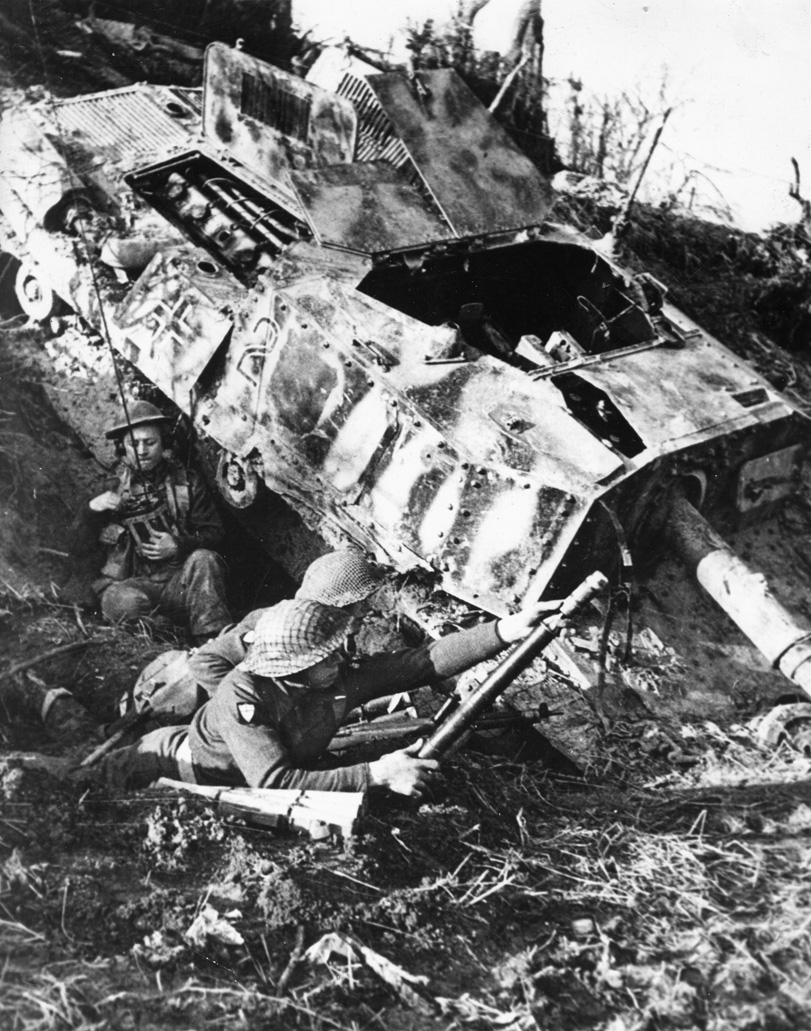
A new Allied offensive into Lombardy was scheduled to begin in early April 1945. Augmented by British formations, the Polish 2nd Corps’ objectives were to establish bridgeheads over the Senio and Santerno Rivers, after which they were to be ready to exploit any resulting gaps. On April 9 their attack began dishearteningly when Allied bombers dropped their load on the forward positions of the 3rd Carpathian Infantry, causing casualties. Due to material superiority and bomber saturation, the Poles crossed the northern Italian rivers with minimal casualties. A week later they had achieved their objectives. On April 18, General Mark Clark, commander in chief of Allied forces in Italy, asked Anders to refocus his attack to capture Bologna. For the next few days, the Polish 2nd Corps fought its way toward the city.
Late on April 20 the Poles prepared their last attack of the war. With the 5th Kresowa Infantry east of Bologna and the 2nd Warszawa Armored to the north of the city, Anders ordered the 3rd Carpathian to assault the city from the south. Most of the German defenders realized they were likely to be encircled and evacuated the city. This allowed the Poles to overwhelm those who remained. At 6:15 am on April 21, the 3rd Carpathian Infantry had secured the city of Bologna. The final offensive for the Polish 2nd Corps resulted in a total of 234 killed, 1,228 wounded, and seven missing.
On May 8, 1945, Germany unconditionally surrendered and the war in Europe was over. The Polish 2nd Corps suffered 2,301 killed, 8,543 wounded, and 535 missing, and the Polish soldiers were left homeless. Although the Soviet-backed government in Warsaw offered to repatriate the soldiers in the winter of 1945, most of them chose to remain where they were stationed for the time being.
In July 1945 the Allied leaders met in Potsdam, East Germany. One result of the meeting was that the British government would no longer recognize the Polish government-in-exile; however, Polish units would still remain on duty. Deployed in the Marche region of central Italy along the Adriatic, the soldiers of the Polish 2nd Corps were joined by their families and refugees. Anders continued to accept recruits, and by May 1946 the corps totaled between 103,000 and 112,000, which was twice the number of soldiers Anders had led into Italy. A Polish government opposed to communist rule was formed in London. Anders flew between Italy and London to defend the interests of all Poles.
In the spring of 1946, the British government transferred the Polish 2nd Corps to England for demobilization and education to help the men make a successful transition from military to civilian life. The last of the corps left Italy on October 31 when Anders himself departed the country for the final time. Events in Poland confirmed that those who supported the Polish government-in-exile would not be welcomed back home. Some of exiles had their Polish citizenship and military rank stripped. Actively supportive of the government-in-exile, Anders’ rank as a lieutenant general was still recognized, and he served as inspector general of the Polish forces in exile. He covered his personal experiences during the war in An Army in Exile, published in 1949.
On May 12, 1970, at the age of 77, Wladyslaw Anders died in London. After a service in London where former soldiers and exiled Poles paid tribute, he was buried alongside his fallen soldiers in Italy at the Polish Military Cemetery at Monte Cassino per his request. Labeled as a villain by the communist regime in Poland for decades, his accomplishments were treated as nonexistent. That changed in 1989 when the communist regime was toppled. Later that same year, the democratically elected government of Poland posthumously reinstated his citizenship and military rank and honored his service to the country.
Anders proved to be an excellent military leader whose talents as a strategist probably kept casualty figures for the Polish 2nd Corps lower than they might have been. The general was also a humanitarian who helped save tens of thousands of lives from certain death in the Soviet Union and despaired when he could not save more. In addition to being a great soldier, Anders always had the best interests of Poland and her people in his heart.
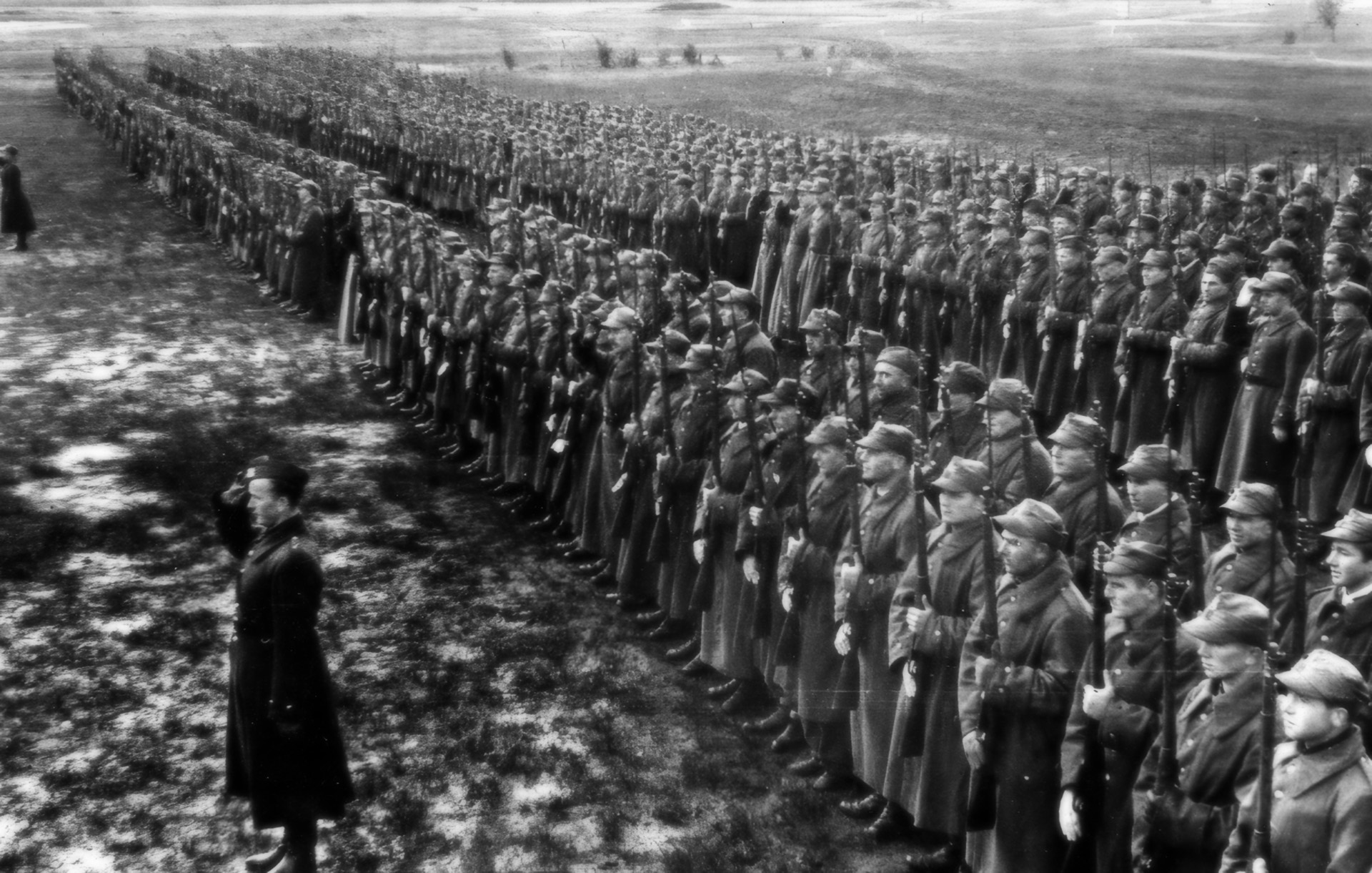
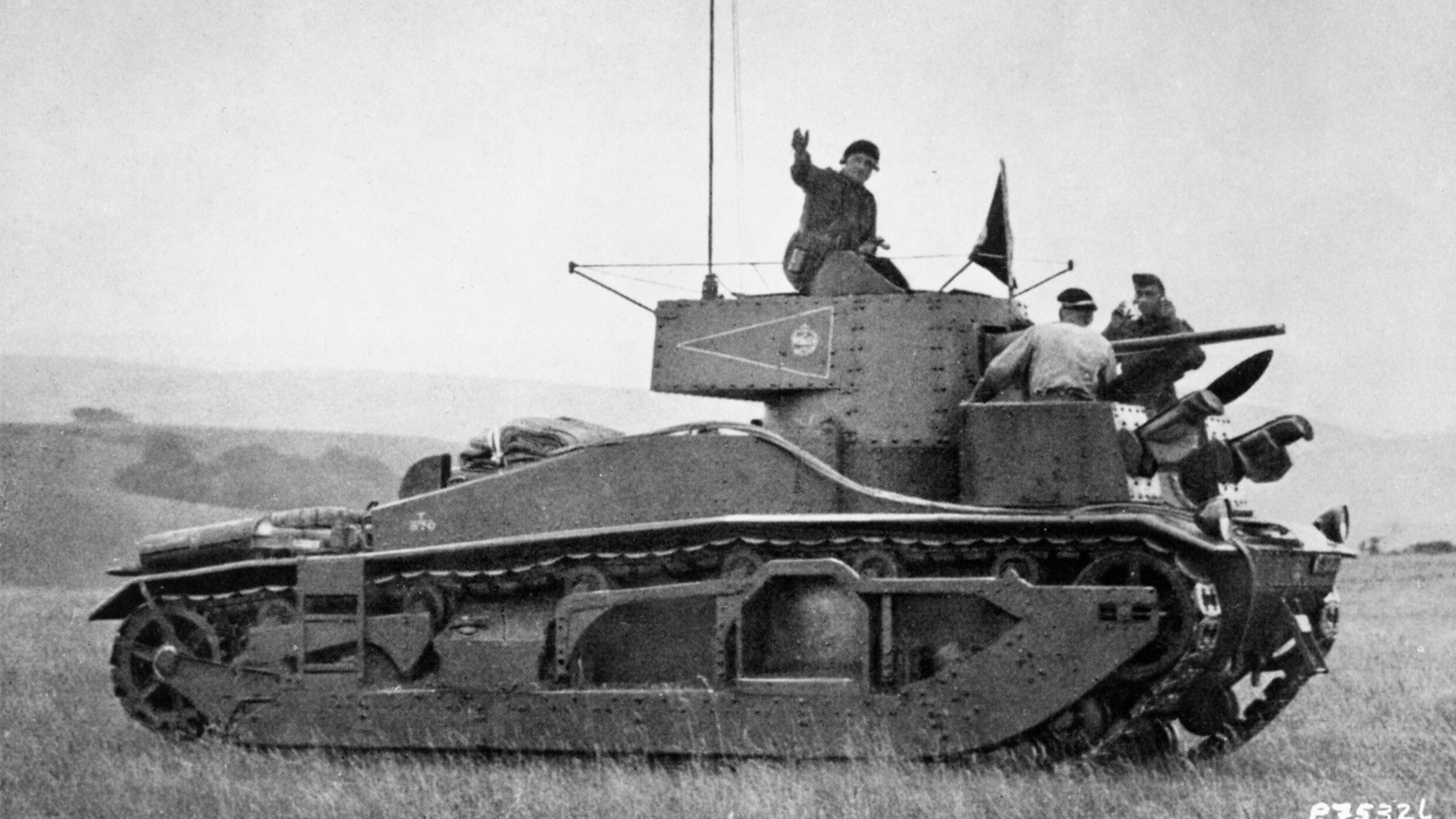
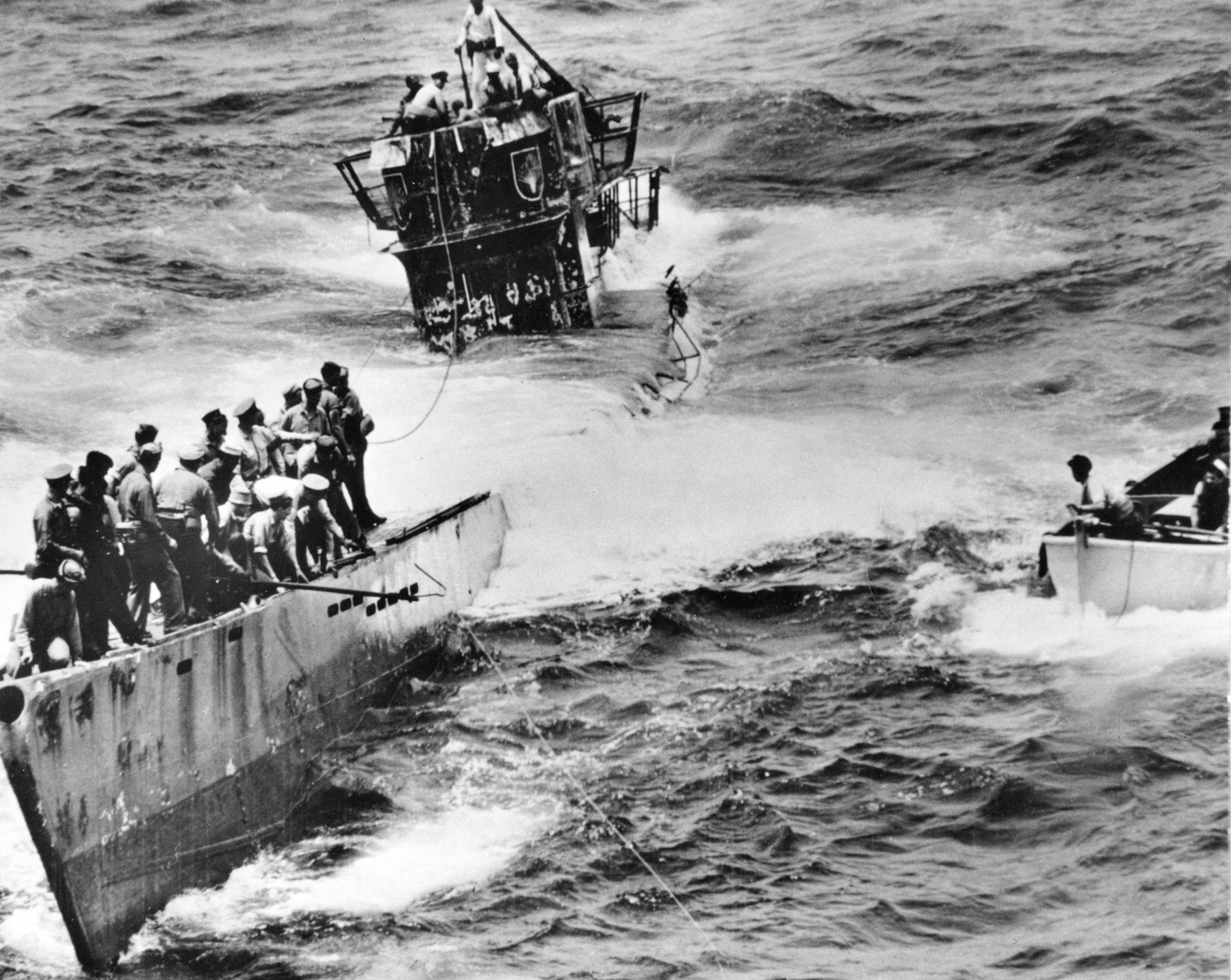
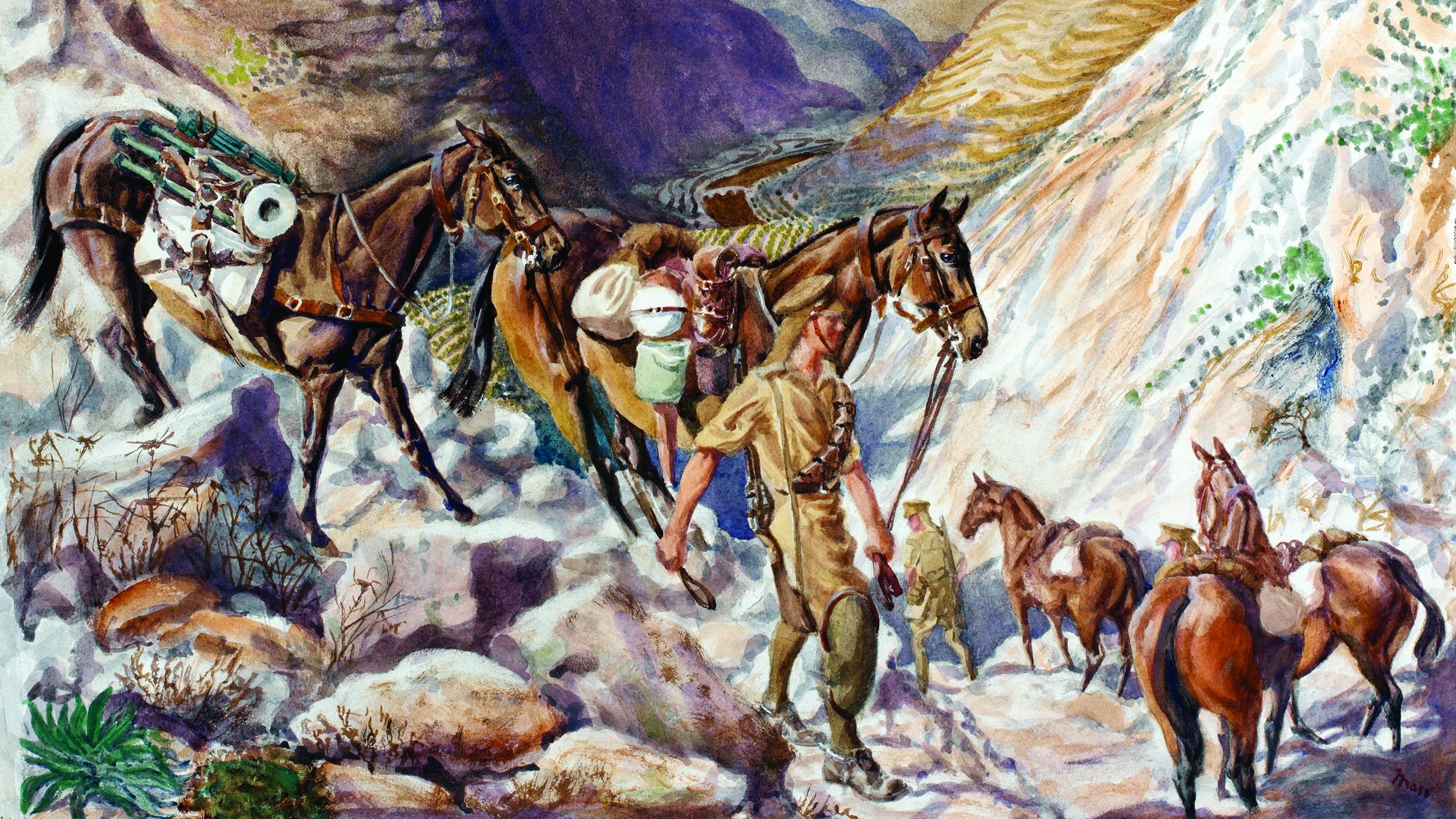
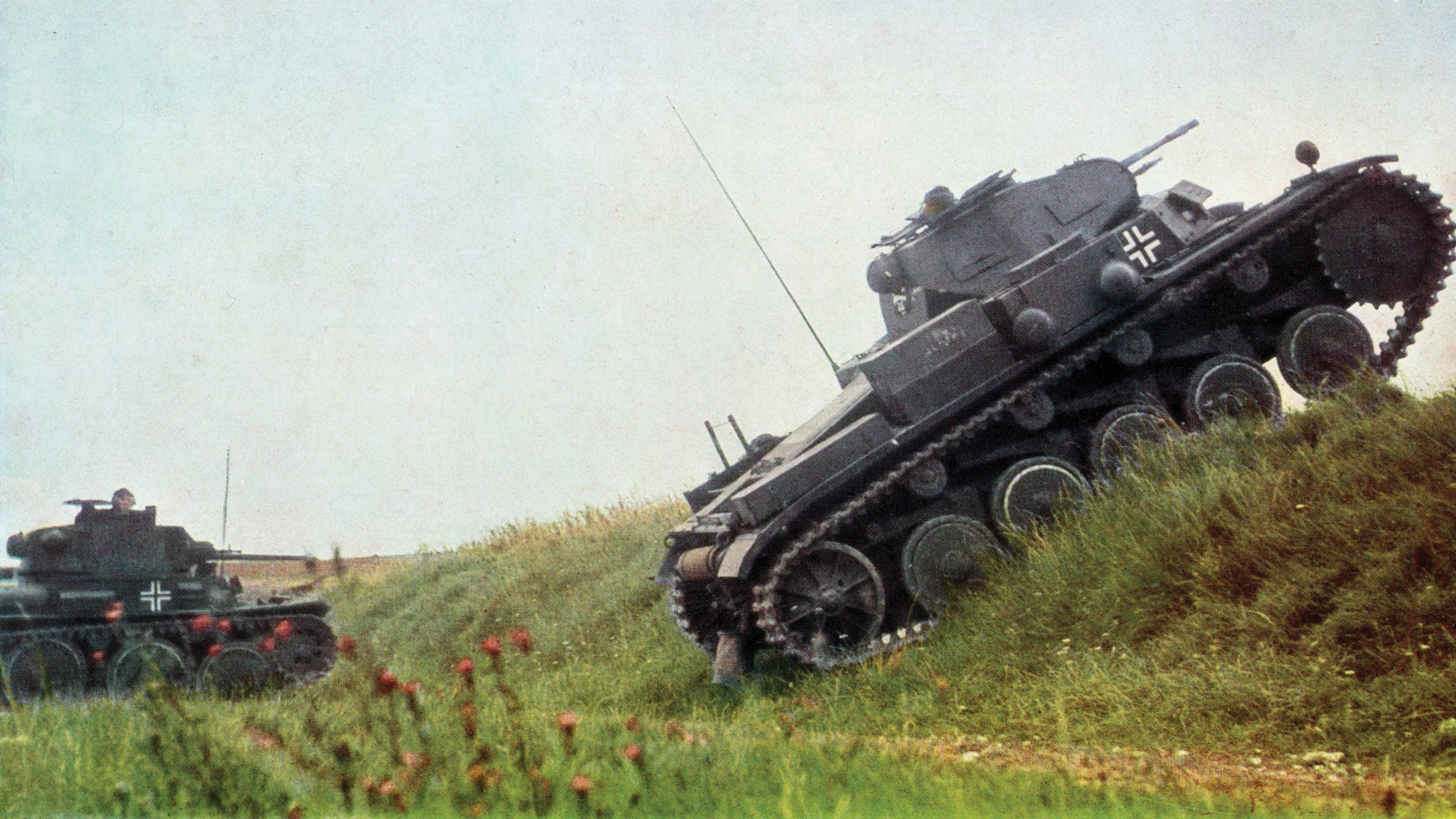
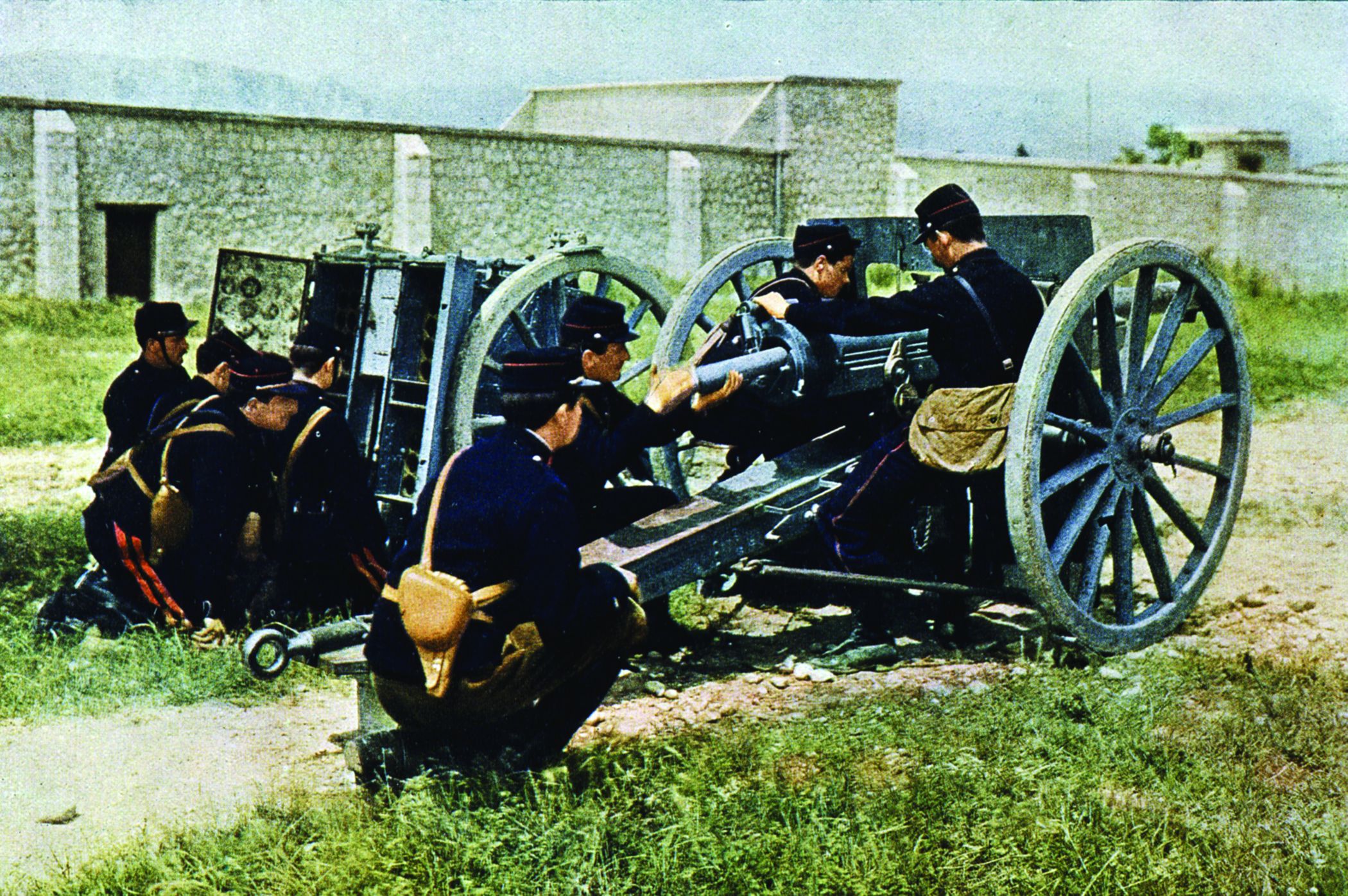
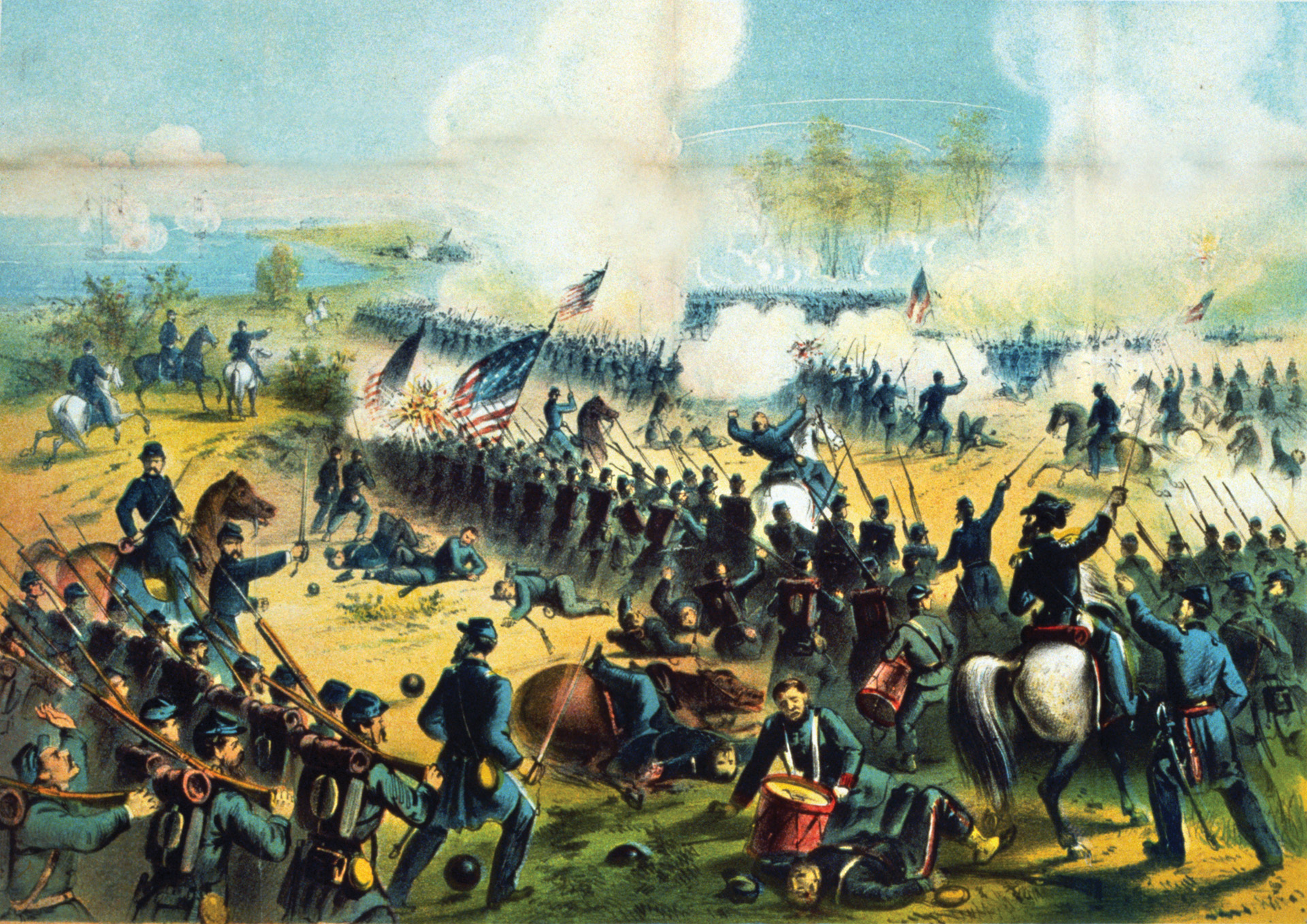
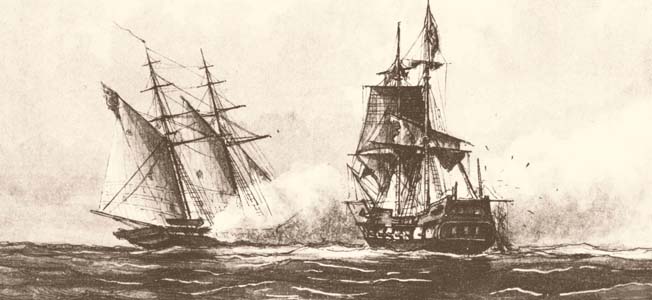
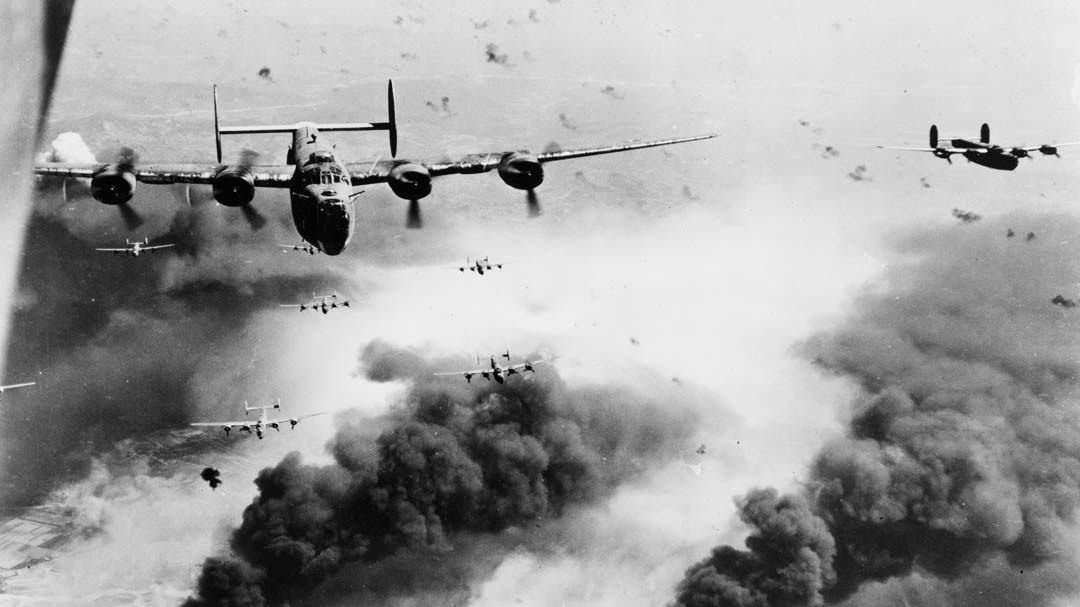
Join The Conversation
Comments
View All Comments